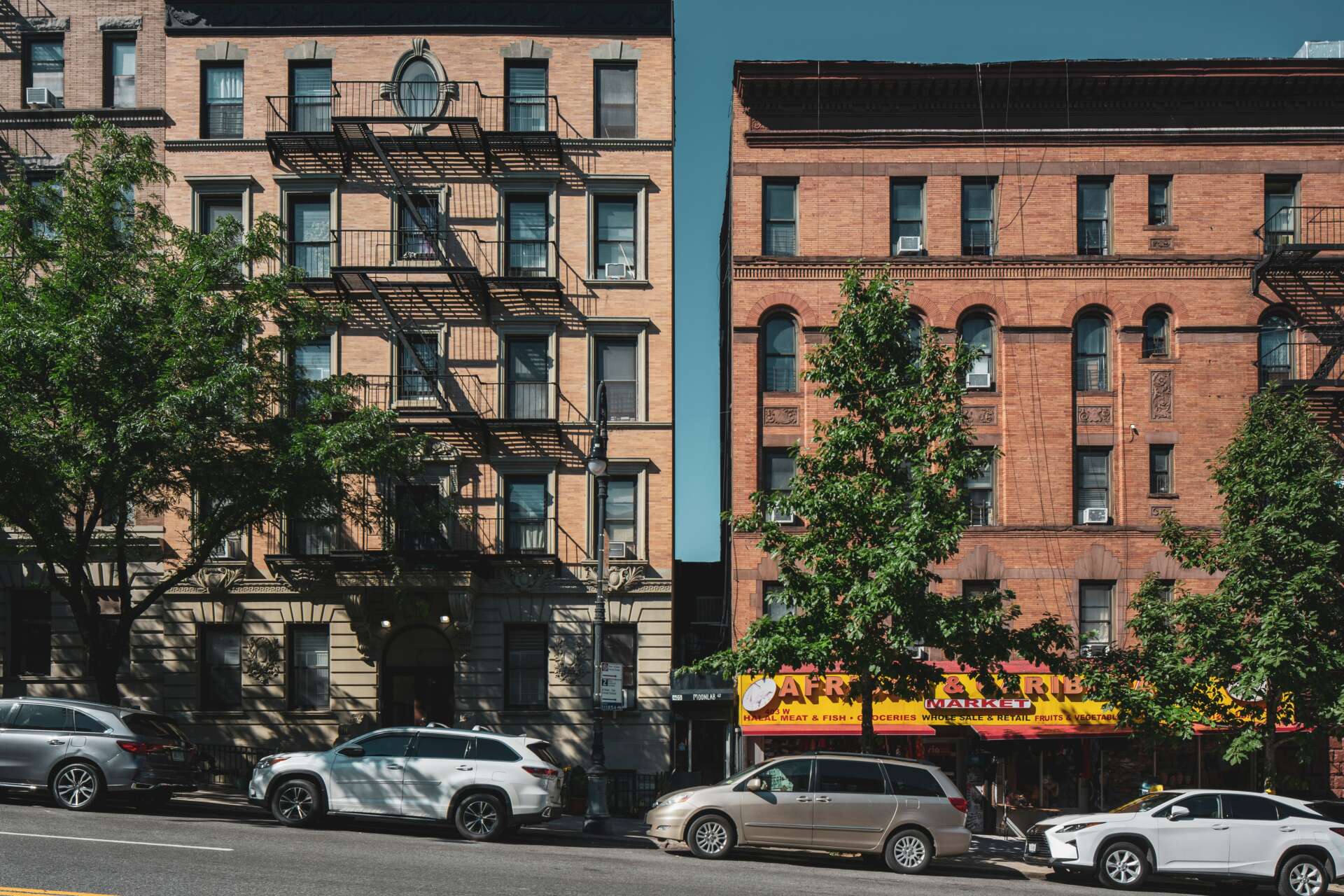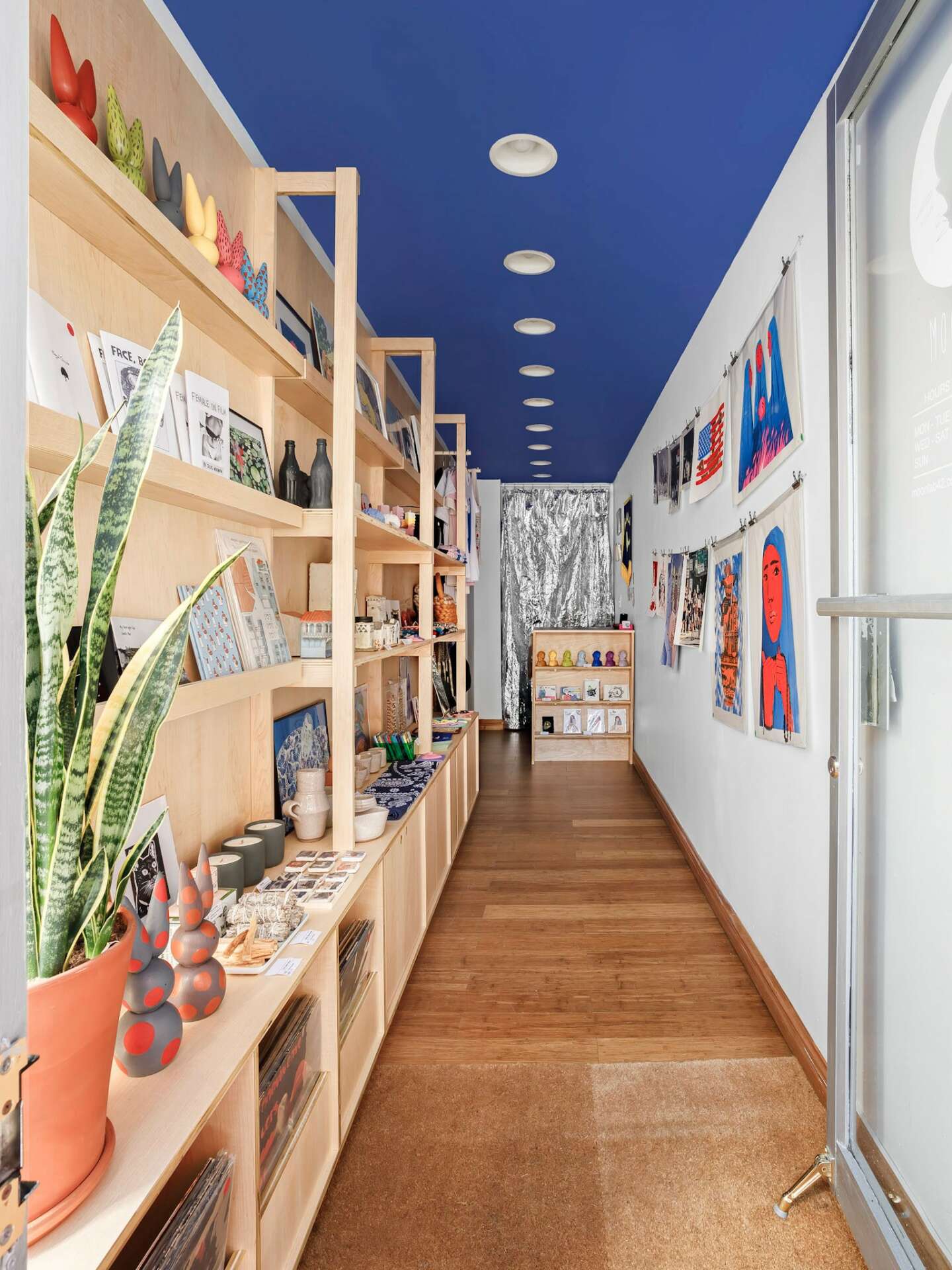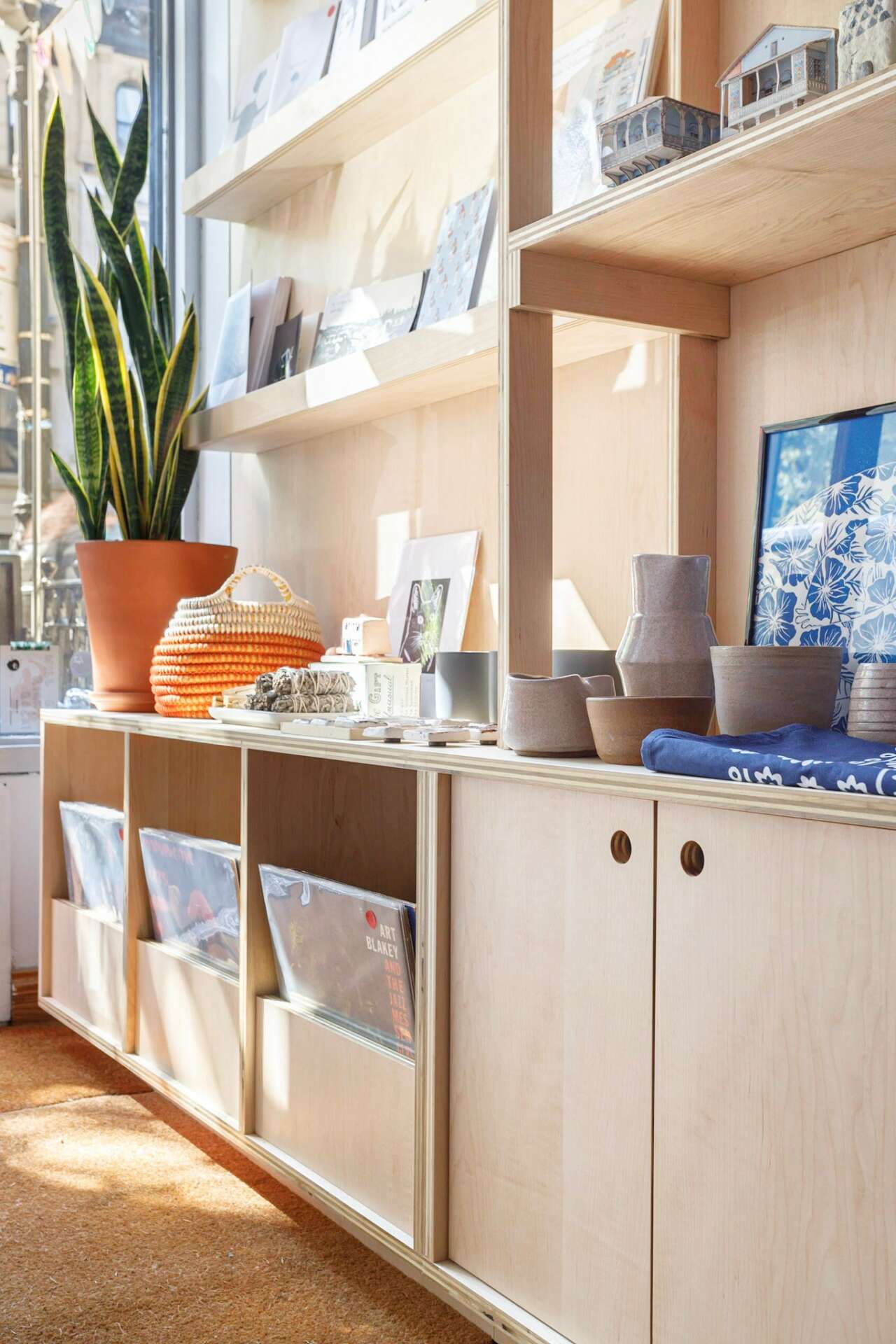We’re excited to introduce you to the always interesting and insightful Ruso Margishvili. We hope you’ll enjoy our conversation with Ruso below.
Hi Ruso, thanks for joining us today. So, naming is such a challenge. How did you come up with the name of your brand?
The number 42 comes from my family’s store in my hometown of Tbilisi, Georgia. They started the concept store in 2019 in my childhood home, and we named it 42 after the number 42 of the building. The store consisted of a couple of rooms: you would enter from the side street into a small coffee shop and a shop with small design items from local makers. Then you would step into a large open space that held workshops and various creative events. My husband John and I were heavily involved in the initial planning, and we were sad that the pandemic shut the store down. When we decided to pick up the torch on our end of the globe, we thought we’d adopt the number in honor of our origins.
During the lockdown in mid-2020, John shared with me that he always wanted to make candles, so one day we decided to start experimenting. We were both busy with work and projects during the daytime, so we would fire up the cooktop at night and start pouring candles. Our kitchen window was facing a large round moon at that time, and we would say we were making candles under the moonlight, hence the MoonLab.


Ruso, love having you share your insights with us. Before we ask you more questions, maybe you can take a moment to introduce yourself to our readers who might have missed our earlier conversations?
My husband John Holden and I run a tiny concept store called MoonLab 42 in Harlem, NYC. We created the shop with three goals: to provide a platform for emerging artists; to make artwork accessible to the wider community; and to celebrate the local culture and the rich heritage of my home in Tbilisi, Georgia.
The concept store idea came in 2020, when my family’s store in Tbilisi closed down. We found out that a lot of our friends and family who work in various forms of arts and design were no longer able to display their works and get some financial support from it, so John and I decided to gather some objects and start a pop-up shop in our local coffee shop in Harlem. We gathered the works of our friends in NYC and had our Georgian friends mail us their pieces from Tbilisi, and set up a weekend pop-up shop.
For a few months, we had to carry bags full of objects to and from our 6th-floor walk-up apartment, where we turned half of our bedroom into a storage room. Then our friends offered to rent a corner of their coffee shop at an affordable price, which helped a great deal! Our goal was to offer an affordable treat to the neighborhood during a very unpredictable and stressful time while supporting our creative circle. The pop-up shop came with all sorts of unexpected social perks – we got to meet so many interesting neighbors who we would never cross paths with! It certainly helped create a sense of community for us.
Almost two years later, we found a curious sliver of a space, a 58″ wide storefront tucked between two residential buildings 10 minutes walk away from the coffee shop. We renovated it ourselves and opened the store to the public in June 2022. Now we use it to promote and sell art and home goods and hold monthly exhibitions where we feature one of the artists who we work with.


How did you put together the initial capital you needed to start your business?
Currently, the business is mostly more of a passion project. John works as a set dresser on TV and film production, and I’m an architectural designer, so we never viewed it as a main source of income, but more as a side project that allowed John and I to have our heads in a space that was different from our day jobs.
From the very beginning, we minimized our investment by making no wholesale purchases but selling items at consignments. Most of our relationships with the people we represent are based on trust, respect for each other, and excitement for the shop’s mission. Our business formula is probably less conventional and perhaps not the most profitable. We keep a small percentage of the sales which allows us to cover service fees, rent, utilities, and other expenses, and give most of the proceeds back to the artists and makers. This also allows us to keep our goods affordable so that the shop is welcoming a wide range of customers.
How did you build your audience on social media?
We are pretty old-school when it comes to social media. Although we use it to keep in touch with our people, we made a conscious decision not to transfer funds to these large corporations due to ethical reasons. Instead, we rely on old-school marketing which is very neighborhood-focused. We put up posters on streets, leave flyers in neighborhood staples, and heavily rely on the word of mouth. We interact with our customers and try to be as much of a part of the community as we can. Therefore, the growth of social media following is slow but steady. Most of the people who follow us have been to the store, are excited about our story, and are loyal and supportive.
Contact Info:
- Website: www.moonlab42.com
- Instagram: https://www.instagram.com/moonlab42/
Image Credits
Interior photos – Dimitri Mais; Exterior photos – Ivane Katamashvili.


